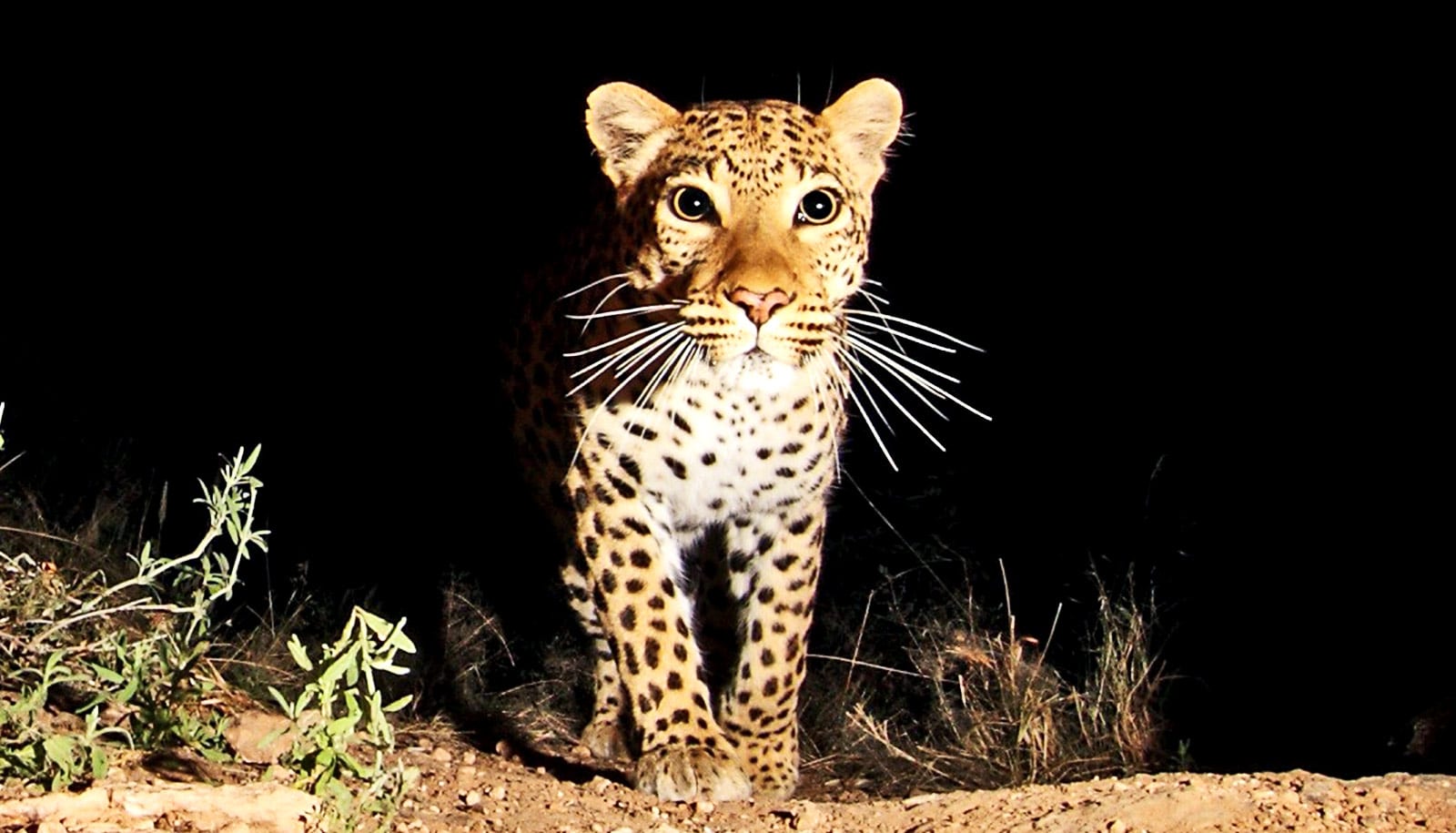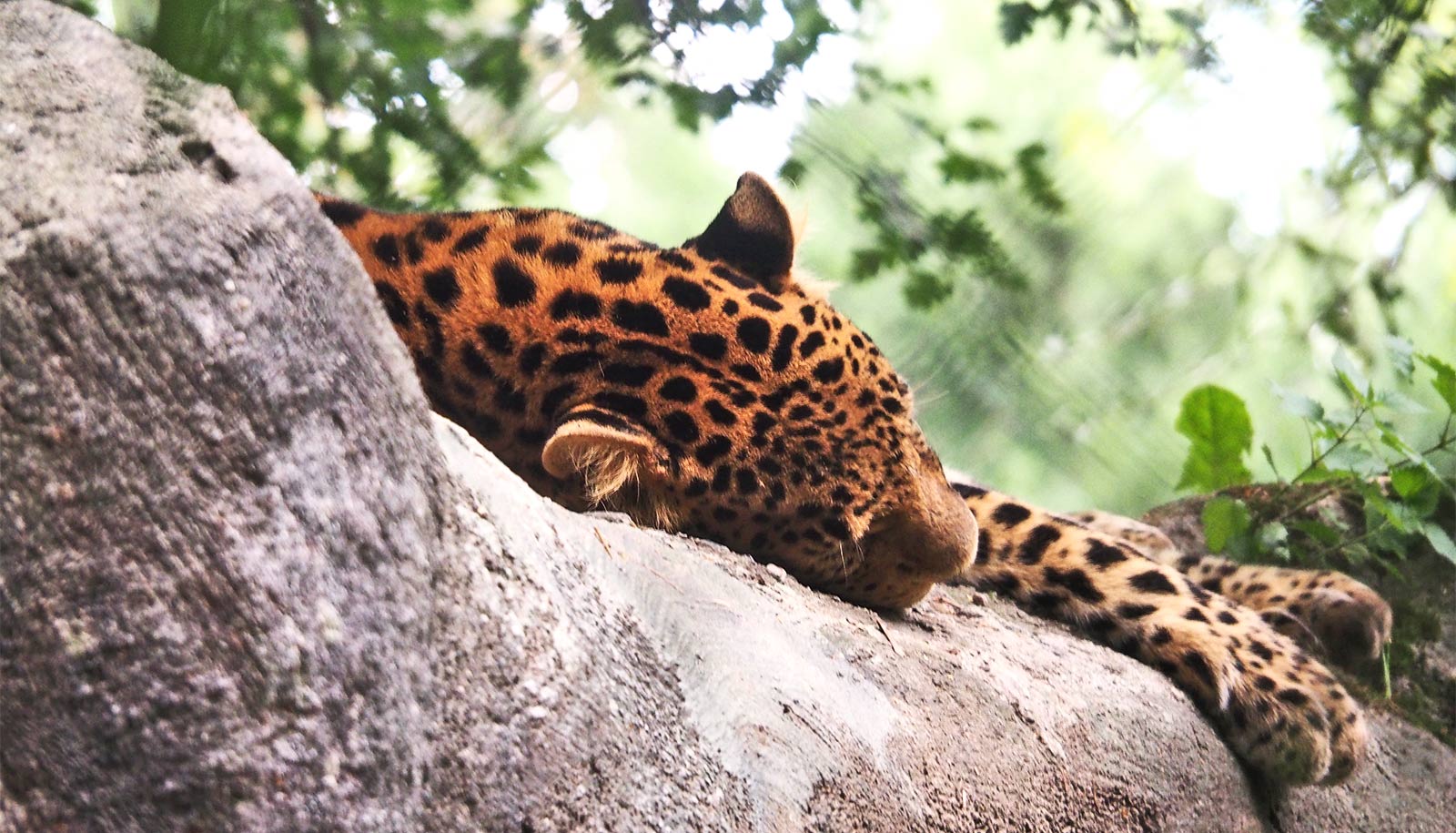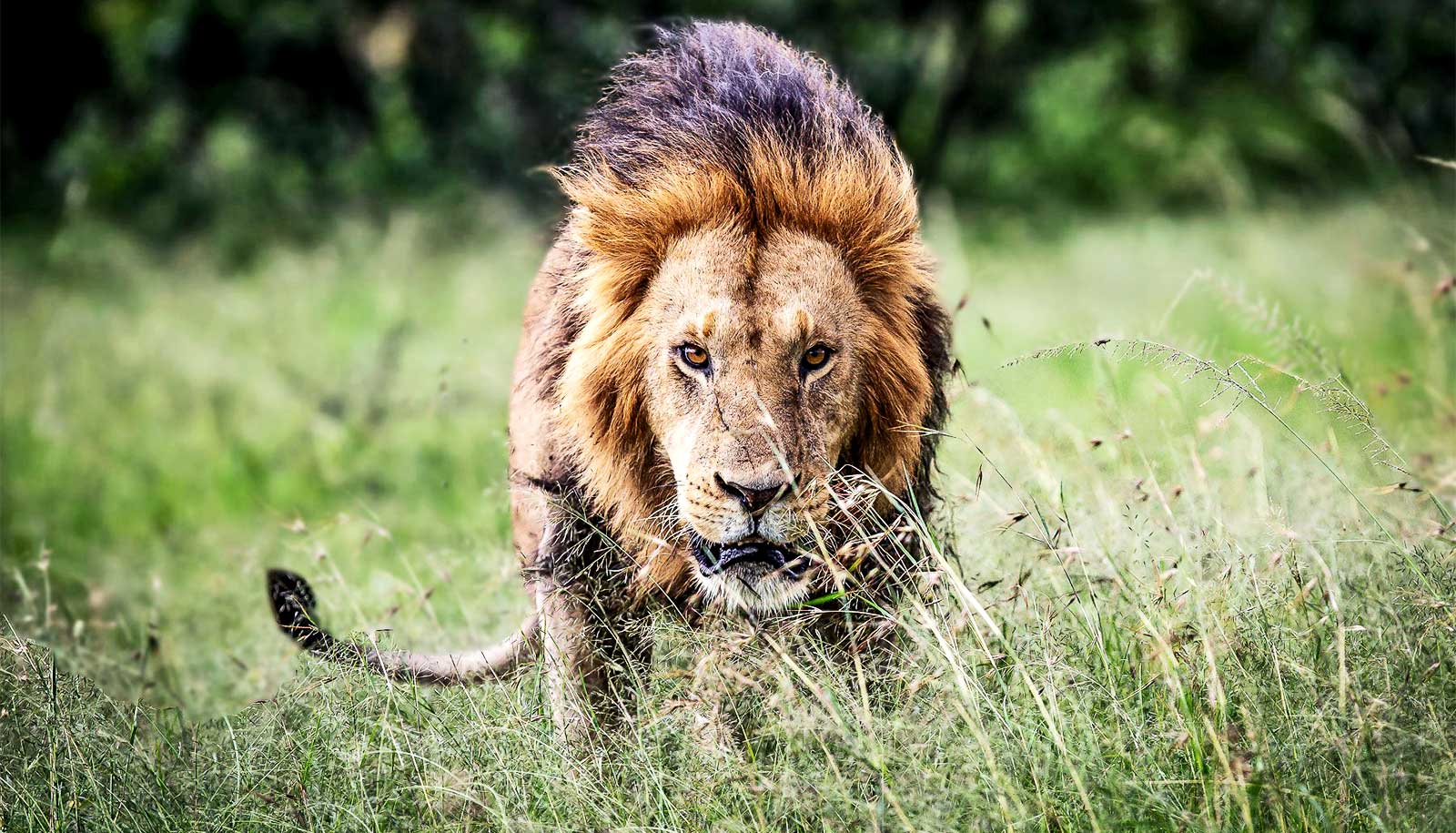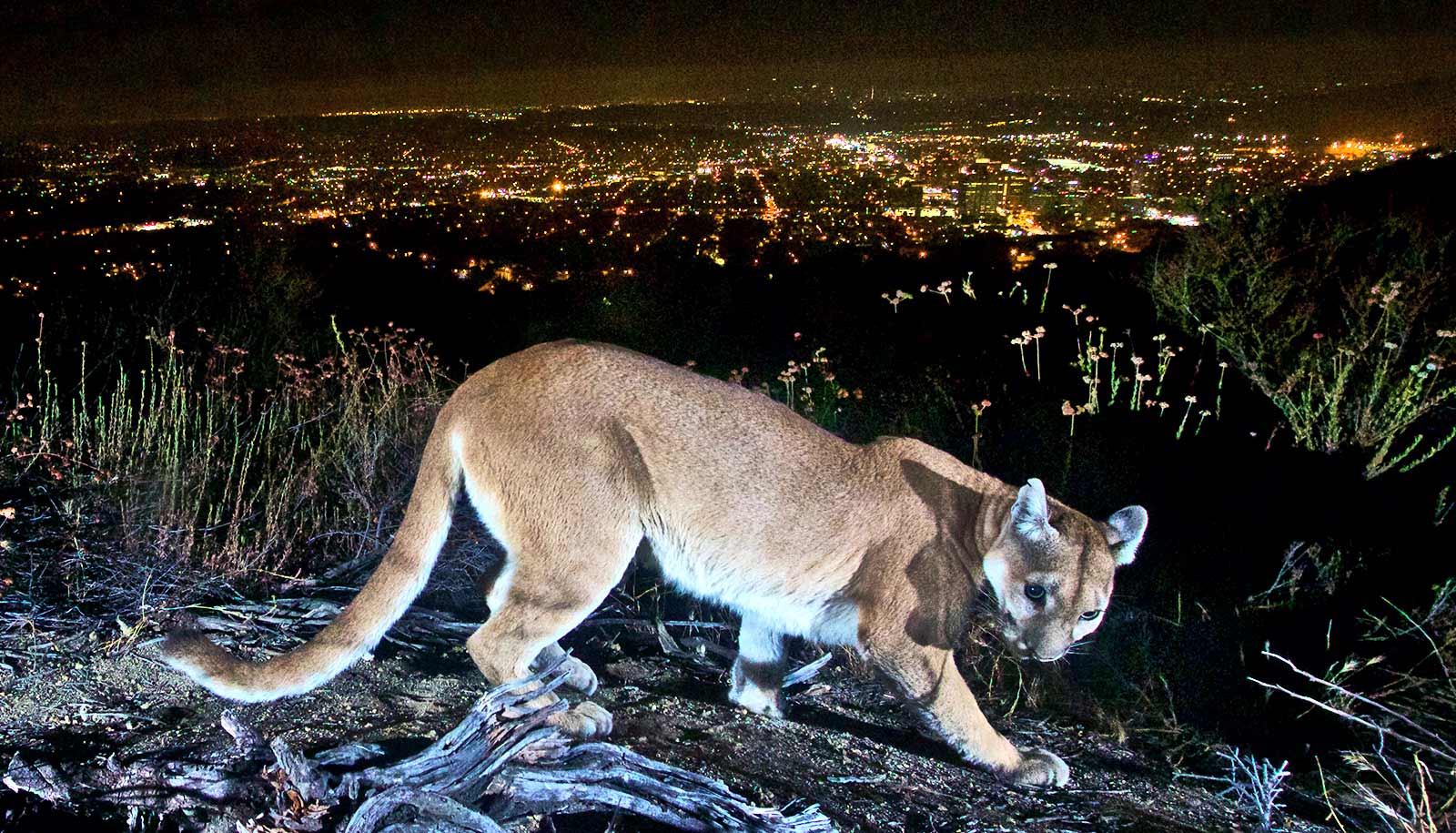African and Asian leopards are more genetically differentiated from one another than polar bears and brown bears.
They are so different, in fact, they ought to be treated as two separate species, researchers report. The new knowledge has important implications for better conserving this big and beautiful, yet widely endangered cat.
“If one sticks with the traditional concept of speciation, the genetic difference is so great that African and Asian leopards shouldn’t belong to the same species at all,” says coauthor Rasmus W. Havmøller, a postdoc at the University of Copenhagen’s Natural History Museum of Denmark.
“As leopards are known to roam far and wide, we had expected to come across a much greater mix of genes among them. So, the result came as a surprise.”
Researchers mapped the genomes of 26 leopards which account for eight of nine living subspecies. The team sourced some of the genetic material from leopards in the Natural History Museum’s collection.
The findings are published in the journal Current Biology.
Leopard genetic diversity
Genome analysis indicates that current differentiations in leopard subspecies just don’t hold water. While nine subspecies have been officially identified, the study shows that, for example, Indian and Sri Lankan leopards are so closely related that they could be considered as a unified evolutionary significant unit.
Subspeciation is a central concept when it comes to the conservation of the iconic but endangered feline, whose overall distribution has shrunk by 75%—and locally, by as much as 98%—over the past 250 years, Havmøller says.
“When planning leopard conservation efforts, one orients around different subspecies, which might each have their own conservation status. Therefore, this new knowledge can be useful if we are to develop better conservation strategies for leopards. I hope that these results spur debate about the role of genomics in subspeciation,” Havmøller says.
He adds that the results can hopefully be used as a tool to determine which animals are able to be intermixed across geographic regions, so as to maintain high genetic diversity, and whether leopard populations can be merged, as is frequently discussed.
“The answer must now be a resounding no when it comes to African and Asian populations. There is a risk of reducing genetic diversity when crossing a leopard that specializes in living in hot deserts, for example, with another that has adapted to frigid mountain conditions,” Havmøller says.
“You are likely to create offspring that are not well adapted to either habitat. On the other hand, our results demonstrate that there might be a solid foundation for interbreeding some of the more genetically similar Asian subspecies.”
Mass migration
Throughout history, leopards have dispersed over a vast area, from Siberia to South Africa. The new research also sheds light on when leopards spread from the African continent, their original home.
Here too, the new results surprise—indicating that leopard migration from Africa occurred in a single “dispersal event” some 500 to 600,000 years ago. Since then, there has been virtually no contact between leopards on the two continents.
“Until now, it was thought that the colonization of Asia by leopards occurred in several waves and not at once, as our results suggest. The timeframe accords with the concentration of ice at the poles, which precipitated low water levels between Africa and the Arabian Peninsula. This is what made it possible for leopards to cross the sea,” Havmøller says.
The next step is to find out how the substantial genetic differences in African and Asian leopards are expressed—something that the current body of study does not reveal. Havmøller’s cautious guess is that the differences are mainly expressed in characteristics linked to how leopards adapt locally.
Source: University of Copenhagen



